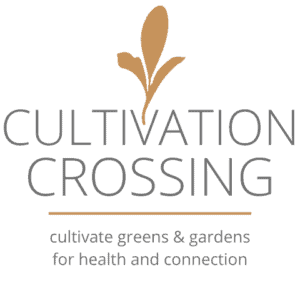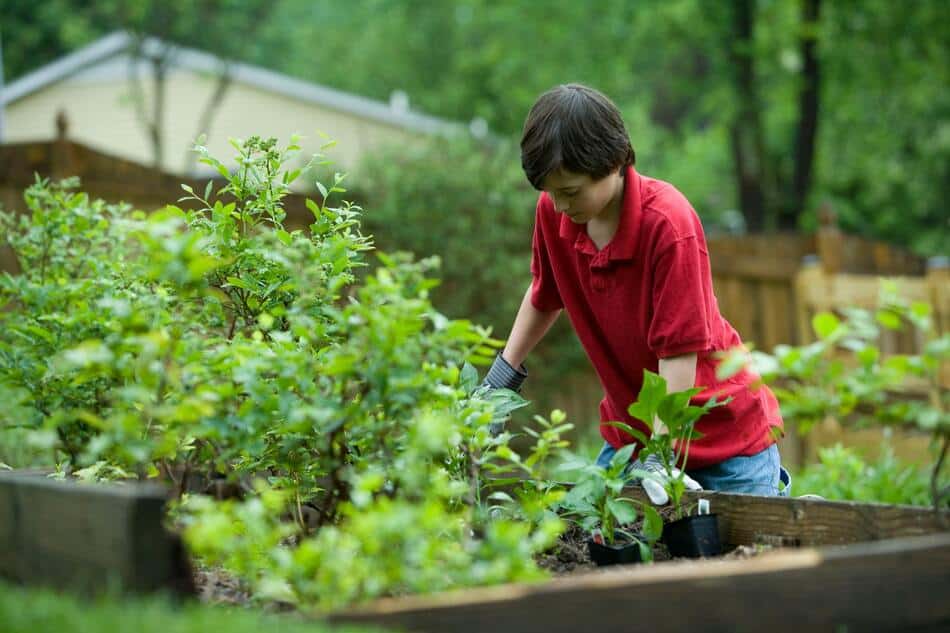If you are new to gardening, you might be curious about how to get started and what your options are for being as successful as possible. One decision you might need to make is whether to use traditional row gardening or to try your hand at the more recent “square foot gardening” approach.
In this article, I will explore the two options and talk about 3 key differences you will want to understand.
3 Differences Between Row Gardening and Square Foot Gardening
The three key differences between square-foot gardening and row gardening are:
- Square-foot gardens require less space and are organized into square-foot grids in raised beds. Row gardens are planted directly in the ground in perpendicular rows.
- Square foot gardens are ideal for smaller vegetables that grow well in containers. Row gardens are ideal for larger, sprawling vegetables.
- Square foot gardens are ideal for beginner gardeners in small spaces and require little to no weeding. Row gardens can be more challenging and generally require weeding.
What Is Square Foot Gardening?
Square Foot Gardening is an alternative method of growing food that uses small amounts of space. The garden is generally created in raised beds in a grid pattern and is a system developed by Mel Bartholomew in 1974.
Square Foot Gardening involves planting vegetables in raised beds on a foundation of permeable material like cardboard, mulched soil, wood chips, stone, or biodegradable plastic.
Square foot gardens are an excellent choice for people who live in smaller homes and urban areas. They can fit on a balcony, patio, or backyard.
To help you get started, you can easily find square feet gardening kits online or at local hardware stores. These kits come complete with everything you need to create your first square-foot garden.
The Pros and Cons of Square Foot Gardening
Square foot gardening is an ideal approach for many new and experienced gardeners and comes with some pros and cons you will want to understand.
Here are the essential pros and cons:
Pros:
- You can grow your own food in a very small area that might otherwise not be used
- It’s good for the environment because you don’t need pesticides for well-fertilized soil
- You don’t have to buy fertilizer or pesticides
Cons:
- It takes time to learn how to garden properly
- The soil may not be suitable for growing certain plants
- You need to organize the garden into squares according to which plants grow best together
What is Row Gardening?
Row gardening is a tried-and-true traditional method of growing vegetables by planting them directly into the soil in perpendicular rows. You will see row gardens offering life to large plants like corn, fruit trees, and grape vineyards.
The advantage of this system is that it allows for easy access to all the plants.
However, traditional row gardens require a lot of space, and they don’t allow for much flexibility when it comes to planting different crops at different times.
The Pros and Cons of Row Gardening
Pros:
- The rows are ideal for large, sprawling plants and vegetables
- Ideal for fruit trees
- Works well in rural areas and on large lots of land
Cons:
- The garden needs a lot of work such as fertilizing and irrigation
- You need a lot of land for the rows
- Your soil may not be ideal for all plants, vegetables, or trees
Square Foot Gardens or Row Gardens. Which is Better?
Gardening is both a practical and passionate choice for most of us, so deciding which method is best comes down to your preferences your needs, and how much space and time you have.
Square foot gardens are very popular because they require less space than row gardens and can yield a lot of produce in a very small area. They are ideal for lettuce, broccoli, cauliflower, and even cage or trellis plants such as tomatoes and pole beans.
Once you have learned the basic skills and have built and planned your garden, there is a lot of variety in what you can plant and nurture.
They can initially be more expensive because you will need to purchase raised beds, soil, and good soil amendments to feed the plants.
Row gardens are generally cheaper to build but take up more room. They also require more water and care than square-foot gardens.
Row gardens also allow you to grow much larger crops such as corn, grapes, fruit trees, pumpkins, squash, and watermelon.
Ultimately, the choice is up to you, your situation, budget, time, and your gardening goals.
Either way, whether you choose square-foot gardening or row gardening – or even a combination of both – you will benefit from working with nature to grow your own food!
OTHER PEOPLE ASK:
HOW TO BUILD A SQUARE FOOT GARDEN BOX

